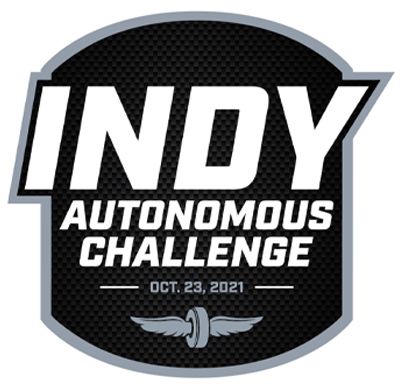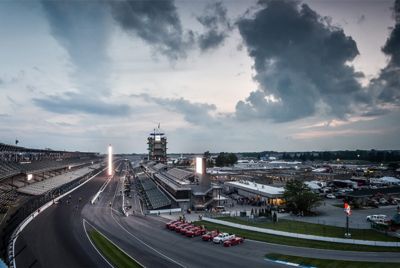-
United States -
United Kingdom -
India -
France -
Deutschland -
Italia -
日本 -
대한민국 -
中国 -
台灣
-
Ansys stellt Studierenden auf dem Weg zum Erfolg die Simulationssoftware kostenlos zur Verfügung.
-
Ansys stellt Studierenden auf dem Weg zum Erfolg die Simulationssoftware kostenlos zur Verfügung.
-
Ansys stellt Studierenden auf dem Weg zum Erfolg die Simulationssoftware kostenlos zur Verfügung.
-
Kontakt -
Karriere -
Studierende und Akademiker*innen -
Für die Vereinigten Staaten und Kanada
+1 844,462 6797
ANSYS BLOG
November 06, 2019
Autonomous Car Race to Bring Dozens of Universities to the Indianapolis Motor Speedway
The Indianapolis Motor Speedway (IMS), home of the Indy 500, will host the new Indy Autonomous Challenge. This autonomous-car race will feature computerized race cars programmed by engineering student teams from around the world.
Race car driving is the quintessential engineering sport. Though an ace driver is necessary, the pit crew and design team play a pivotal role in deciding who stands on the winner’s podium.
Indianapolis Motor Speedway fans will soon be cheering for autonomous race cars.
IMS and the Energy Systems Network (ESN) are opting to see what this sport will look like when that ace driver is computer software programmed by engineering students.
I doubt this signals the end of the race car driver; the Indy 500 is still the largest single-day sporting event in the world. Furthermore, both ESN and IMS see human-driven vehicles at the forefront of IMS activities well into the future.
Instead, the purpose of this race is to promote development, commercialization and consumer knowledge of fully autonomous vehicles and advanced driver-assistance systems (ADAS). The hope is that the competition will create a pool of young engineers ready to develop ADAS and autonomous vehicles and that motorsports fans will learn how these systems can make everyday roads safer.
What Will the Indy Autonomous Challenge Look Like?
Student teams can’t be expected to know how to design autonomous vehicles right out of the gate.
Therefore, IMS and ESN’s self-driving‒car race will consist of five rounds. Each round will increase in complexity and pass on skills that each team needs to tackle the next challenge.
The first challenge will have teams write papers outlining automated vehicle software architecture, technology, testing and tools.
The final Indy Autonomous Challenge will be a head-to-head race on the Indianapolis Motor Speedway oval track.
The second challenge will see the teams demonstrate automation technology by submitting a short video of their own vehicles in action, or by participating in the evGrand Prix Autonomous go-kart race at Purdue University. Teams will demonstrate basic automated functions such as turning, accelerating, decelerating and stopping the car.
A series of Hackathons hosted by ESN and Ansys will culminate in the third challenge: a head-to-head simulation race on a virtual recreation of the IMS oval track. The simulation race will feature virtual models of race cars piloted by the autonomous driving software created by each team. Each team will have free access to:
- Ansys VRXPERIENCE Driving Simulator powered by SCANeRTM
- Ansys SCADE Suite software development toolkit
- Simulation training
- 3D models of IMS and race vehicles
These tools offer the teams the technology they need to develop their autonomous systems. The winners of the virtual race — simulated using Ansys technology — will win the Ansys Indy Autonomous Challenge Simulation Championship cash prizes totaling $150,000.
In the fourth round, teams will test their autonomous car software on the IMS racetrack. These tests will ensure that the car meets safety and competition standards. Each team will use a standard Dallara IL-15 Indy Lights chassis and powertrain to ensure the focus of the testing, and final competition, is on the software.
Finally, teams will race head-to-head on the Indy speedway for $1 million, $250,000 and $50,000 cash prizes. Win or lose, the teams will foster the next generation of engineers who are ready to lead the world into a more autonomous reality.
To learn more, read the press release: Autonomous Race Car Competition to Take Place at Indianapolis Motor Speedway in 2021. Or visit the Indy Autonomous Challenge.
Students interested in learning more about Ansys pervasive simulation technology should click here.












